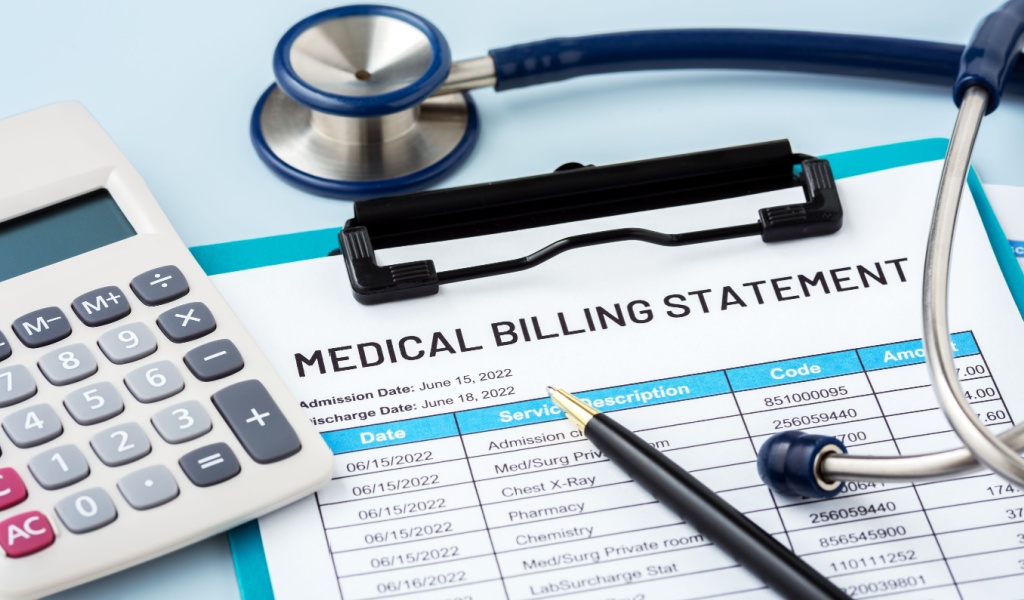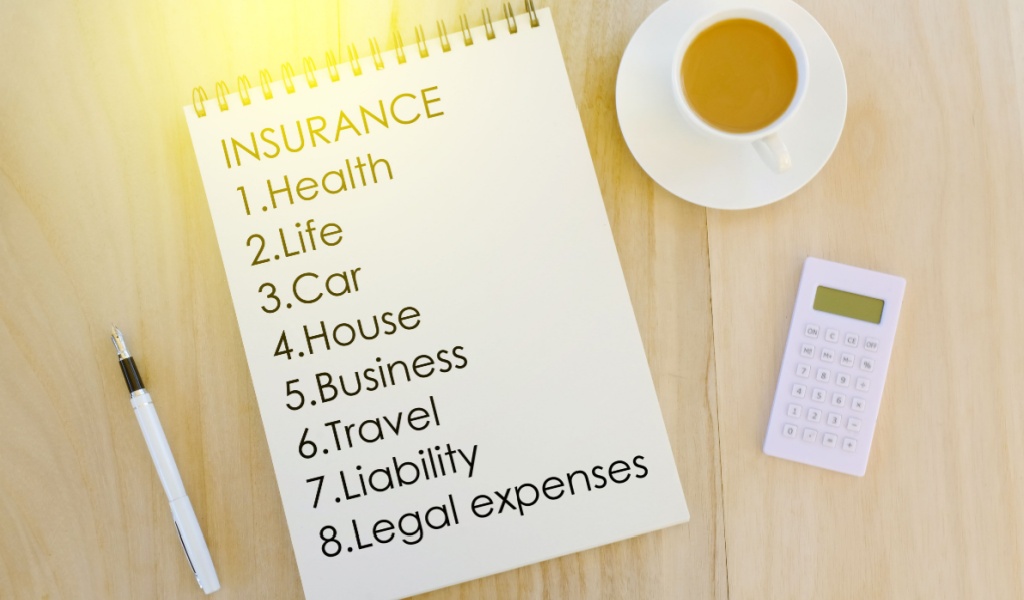Do you sometimes feel that reading a medical bill is more stressful than a doctor’s visit? While recovering from an operation, a checkup, or even a lab test, the next thing you see is a big envelope on your table that seems to be written in a secret code. It may contain confusing abbreviations such as CPT, EOB, and HCPCS, along with statistics that don’t seem to make any sense. Medical jargon like this may overwhelm you, tempting you to set it aside or pay the bill without much attention.
Whether you’re new to handling health insurance or want to stop feeling puzzled every time a bill arrives, this blog will guide you on reading, understanding, and acting on your medical bill without hassle. Think of this as your decoder ring for medical billing that’s helping you discover unexpected expenses, understand your Explanation of Benefits, and negotiate what you owe.

What You Get
After a medical visit, you generally get two primary documents. These include:
- Medical Bill / Billing Statement – Sent by your doctor, hospital, or health center. It indicates what you’re being charged for.
- Explanation of Benefits (EOB) – Sent by your insurance provider. It specifies what was charged, what was covered, and what you may owe.
The EOB is not a bill; it’s just for your information. However, comparing it to the actual bill can help identify mistakes.
Standard Components of a Medical Bill
The following are the specific sections of a typical medical bill and what they mean:
- Statement Date: The date that the bill was created.
- Service Dates: The dates you received the treatment or service.
- Account Number: Your special billing ID. Keep this handy if you contact them regarding the bill.
- Description of Services: A short heading for the treatment or procedure. (ex-It may indicate “Lab Services” instead of “Blood Test.”)
- CPT or HCPCS Codes: These are insurance-related procedure codes. Consider them the medical field’s “SKU numbers.”
- Billed Charges: The whole sticker amount before any discounts or insurance adjustments.
- Adjustments: Deductions based on agreements between your provider and insurer.
- Insurance Payments: The amount that your insurance has already covered.
- Patient Payments: The amount you’ve already paid from your pocket.
- Amount Due: The remaining balance you still owe.
Do you need help with some of the terms? The CMC Guide has a user-friendly word list on its website.
How to Examine Your Medical Bill
- Ask for a detailed bill – If you receive an ambiguous or summary bill, you can request an itemized bill that describes every charge.
- Compare it to your EOB – Ensure the services and charges match. If something appears on one but not the other, that’s a warning sign.
- Confirm your insurance coverage – Verify that your plan covers the procedure. Sometimes, insurers repudiate claims because of inaccurate coding or pre-authorization issues.
- Look for out-of-network charges – If you go to an in-network hospital but receive care from an out-of-network anesthesiologist, you’re in for surprise bills.
- Check for common mistakes – Double charges, charges for canceled services, wrong service dates, and misapplied insurance claims.
Be Aware of Your Rights
Thanks to the No Surprises Act, you don’t have to fear as much about getting slapped with unforeseen out-of-network bills, especially during emergencies or when you’re treated at an in-network hospital by an out-of-network provider. This bill went into effect on January 1, 2022, as a way to streamline and demystify the process of healthcare expenses for the provider and the patient.
Moreover, if you’re not insured or paying out of your pocket, your provider has to present a “Good Faith Estimate” so you can maintain a fair idea of potential costs in advance. At this point, you can decline service or request a less expensive course of treatment. Furthermore, the legislation allows individuals to raise disputes if the bill exceeds the amount of $400.
What to Do If You Identify an Issue
- Contact the billing department first – Be polite, have your documents prepared, and ask them to clarify the charges.
- Call your insurance provider -They can help describe EOB differences or investigate rejected coverage.
- Dispute charges in writing – If you believe there’s a problem, file a formal dispute with your provider and insurer.
- Are you still stuck? Request reinforcements –
- Medical billing advocates specialize in resolving complicated billing problems.
- The State Insurance Department or a nonprofit can also assist.
Tips to Maintain Your Sanity
- Open bills as soon as possible: Don’t let them collect.
- Ask questions: If you’re unsure, ask questions. You’re not expected to be a billing specialist, so don’t hesitate to approach one.
- Arrange your paperwork: Maintain a folder or digital file with all your billing and insurance information.
Options If You’re Unable to Pay
Healthcare is expensive, and providers are aware of it. If you cannot fully settle the payment, it’s OK – you just need to ask for help! Here are some avenues you can explore:
- Financial assistance programs: Hospitals frequently provide assistance based on income and other factors.
- Prompt payment discounts: Some healthcare providers provide discounts if you pay on time or settle the bill entirely in one go.
- Payment plans: Most healthcare providers permit monthly payments, frequently with no interest.
Summary
Understanding your medical bill doesn’t just help you avoid an occasional overcharge; it’s about taking control of your healthcare experience from the beginning to the end. Despite the complications of the healthcare system, your hospital bill doesn’t have to be an enigma.
To be fair, medical billing is generally confusing; however, it becomes less worrisome once you know what to look for. You don’t have to be a medical coding specialist or a lawyer to ensure your bill is correct. You just need to know your rights, understand the conditions, and ask the proper questions.
With this guide, you have the knowledge and assurance to handle it like a pro and maintain your sanity while at it. Good luck!




